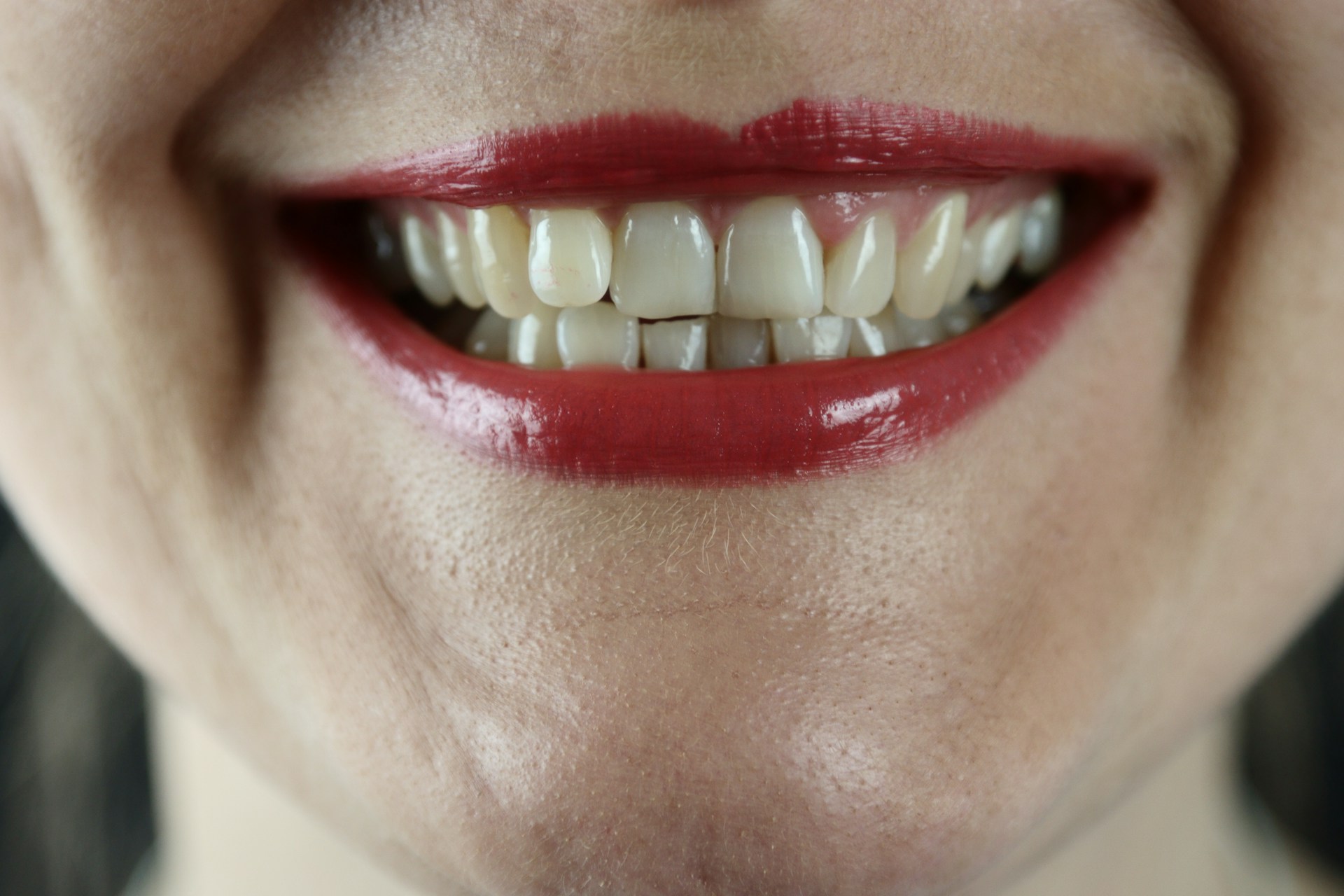Does Gingivitis Hurt?
Gingivitis can cause discomfort, but it doesn’t always hurt in the early stages, which is why it often goes unnoticed until it becomes more serious.
Gingivitis is the inflammation of the gums, typically caused by plaque build-up along the gumline. It is considered the earliest form of gum disease and is both common and preventable. While pain is possible, many people with gingivitis don’t experience significant soreness, which makes it tricky to identify without regular dental check-ups.
It has been found that a huge proportion of adults have some form of gum disease, with gingivitis being the most prevalent. Despite this, it is frequently overlooked because the symptoms can be mild and gradual, rather than severe or sudden.
What are the symptoms of gingivitis?
Pain is not the only indicator of gingivitis; in fact, it is not even the most common one. People are more likely to notice:
- Red or swollen gums
- Bleeding when brushing or flossing
- Bad breath
- Tenderness or sensitivity around the gumline
- Gums that appear puffy or shiny
In some cases, people report a dull ache or discomfort, especially when brushing, but not necessarily sharp pain. Because of its subtle nature, gingivitis is sometimes called a “silent” disease as it is occuring in the background and causing damage without immediately setting off alarm bells.
When does gingivitis become painful?
Gingivitis can become painful if it progresses untreated. If plaque isn’t removed through proper brushing and flossing, it hardens into tartar, which irritates the gums further and allows bacteria to flourish.
At this stage, gum tissue may begin to recede, forming pockets between the teeth and gums where more bacteria accumulate. The inflammation deepens, potentially leading to a more advanced form of gum disease called periodontitis, which is far more likely to be painful and lead to tooth loss if not addressed.
The NHS states that around 10% of the UK population suffer from severe periodontal disease, often following years of untreated gingivitis. This makes early detection and prevention especially important.
Why doesn’t it always hurt?
Pain is usually the body’s way of warning us about something being wrong – but in the case of gingivitis, the early inflammatory response may not be strong enough to trigger pain receptors.
This lack of pain can be dangerous because it creates a false sense of security. Someone might think their gums are healthy because they aren’t sore, when in fact, the early signs of gum disease are quietly taking hold.
For example, if your gums bleed when brushing, it is easy to assume you are brushing too hard. However, it could be the first sign of gingivitis, even in the absence of pain.
Who is most at risk of gingivitis?
Anyone can develop gingivitis, but several factors increase the likelihood:
- Poor oral hygiene
- Smoking or tobacco use
- Diabetes
- Hormonal changes
- Certain medications that reduce saliva flow
- A family history of gum disease
Smokers, in particular, are less likely to experience gum bleeding – not because they have healthier gums, but because nicotine reduces blood flow and masks inflammation. This can make gingivitis harder to detect in tobacco users, further delaying treatment.
How can you prevent gingivitis from progressing?
The good news is that gingivitis is reversible with proper care. Prevention and early treatment are both straightforward and effective:
- Brush twice a day with fluoride toothpaste
- Floss or use interdental brushes daily
- Use an antimicrobial mouthwash
- Visit your dentist or hygienist regularly for cleanings and check-ups
- Don’t ignore signs like bleeding gums or persistent bad breath
If caught early, gingivitis can be completely reversed without lasting damage to the teeth or gums.
When should you see a dentist?
You should see a dentist if:
- Your gums bleed regularly when brushing or flossing
- Your gums are sore, swollen or receding
- You have persistent bad breath or a bad taste in your mouth
- Your teeth feel loose or appear longer (a sign of receding gums)
A professional cleaning can remove hardened plaque and tartar that cannot be eliminated by brushing alone. Your dentist or hygienist can also help you develop an effective at-home routine to keep gingivitis from returning.
Final thoughts
In short, gingivitis does not always hurt. This is why it can be so easily overlooked. While pain may develop as the condition worsens, the early signs are often subtle, like bleeding gums or bad breath, rather than outright discomfort.
With many adults affected by gum disease, it is essential not to rely solely on pain as an indicator. Paying attention to other signs, such as bleeding, swelling or changes in gum appearance, can help you catch it early and avoid more serious problems down the line.
Taking care of your gums is a vital part of your overall health. If you are ever unsure, book a dental check-up. It is much easier to treat gingivitis now than to deal with the consequences later.

